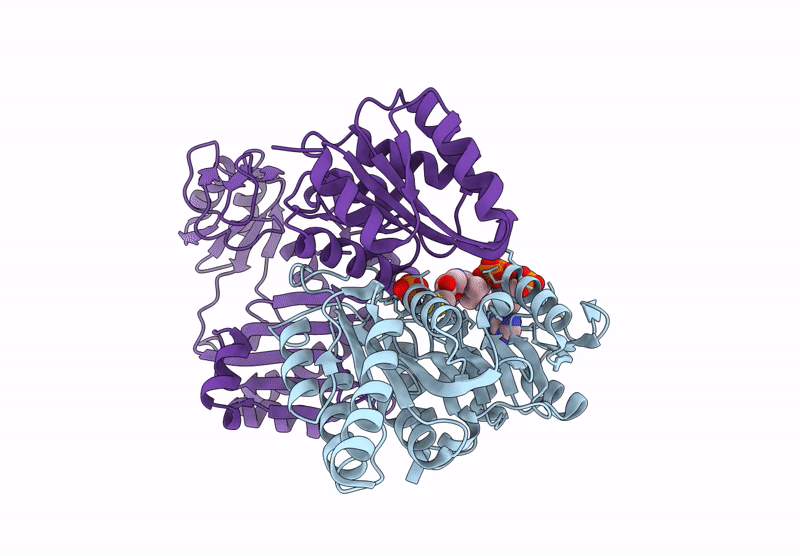
Deposition Date
2024-04-08
Release Date
2024-12-11
Last Version Date
2025-02-19
Method Details:
Experimental Method:
Resolution:
2.32 Å
R-Value Free:
0.24
R-Value Work:
0.21
R-Value Observed:
0.21
Space Group:
P 21 21 21


